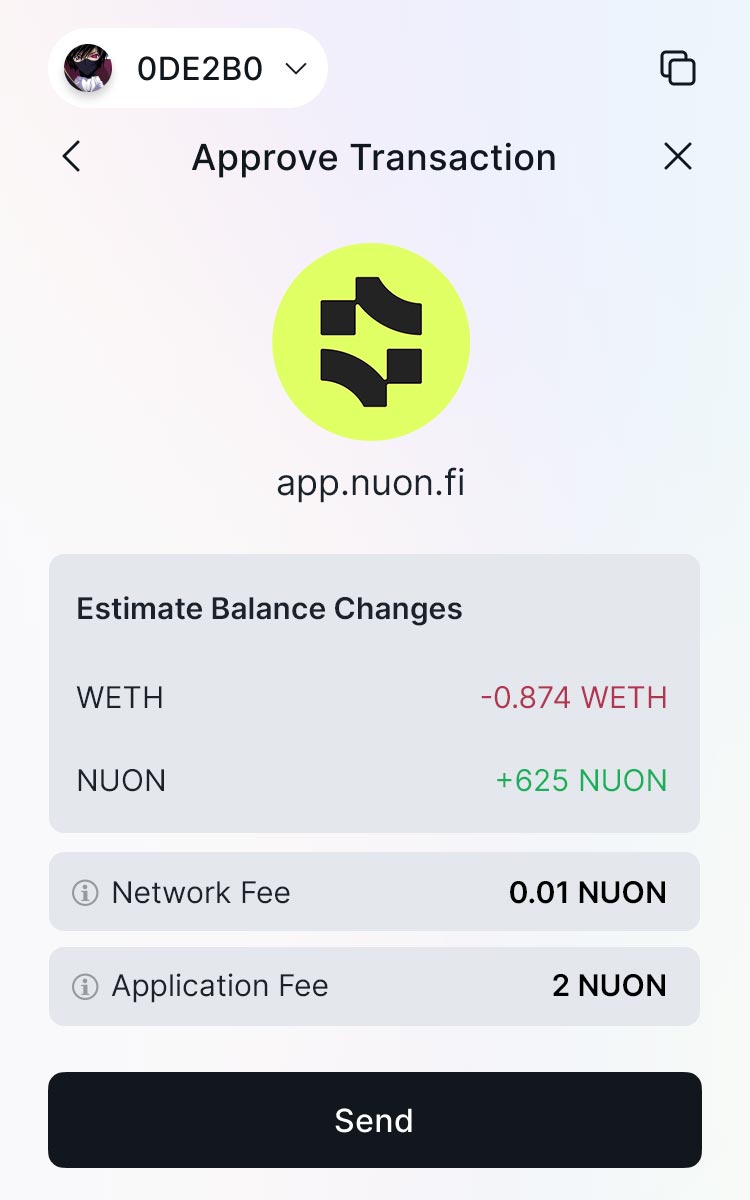
The Laguna Blockchain
The lightning-fast, frictionless platform for developers to bring real-world finance to DeFi.

The lightning-fast, frictionless platform for developers to bring real-world finance to DeFi.
There are fundamental design flaws at the root of every modern blockchain. While they are mitigated in this time of speculation and trading, they are showstoppers for mass adoption.
The Laguna blockchain has been open sourced so development can continue while we focus on Nuon and Truflation.


Data Rich
Traditional finance is moving to cryptographic truth. Bonds, funds, futures markets, equities; they're coming to DeFi. For developers to take advantage of this shift, they need copious amounts of on-chain, real-world data. This data is baked into the Laguna blockchain, and is sourced daily via Truflation from millions of independent inputs.


Alkali Protocol
Stablecoins have become the reserve currency of crypto markets. Such established and highly liquid tokens should also be used regularly in online commerce. But they are held back by the friction of the EVM design. Alkali Protocol removes all friction caused by gas fees, and allows users to pay network fees in virtually any token.
Laguna is a standalone blockchain built on Polkadot Substrate. It is not a Parachain. By building on this platform, Laguna gains access to one of the most active developer communities in crypto.
Wasm is high performance, leading to more computing power and lower fees. It was designed to be as close to native machine code as possible while still being platform independent.
Ethereum developers targeting Laguna simply compile their Solidity code to Wasm. These applications are native; they are not run in an EVM sandbox. The result is higher performance code for all existing EVM developers.


Incentives
Developers can define custom fees for interacting with their apps. Application Fees open up the possibility for an entire ecosystem of web apps that we can't imagine. Applications that simply wouldn't have been built because no revenue model was possible.
How does Laguna achieve EVM compatibility?
The Laguna blockchain does not segregate EVM code in a walled sandbox. Solidity code is compiled to Wasm byte code and runs native on the chain. This allows existing Solidity developers to get the performance boost of Wasm without learning any new languages.
How fast is the Laguna blockchain?
On day one, we are certain Laguna can achieve 1,000 transactions per second with 4-6 second finality. Parallelizing code execution is next on our roadmap, and when that is in place we believe Laguna can compete with or surpass any ultra high-TPS blockchain on the market.
Why is Alkali Protocol important?
Long-term crypto users may not realize how much friction the current EVM gas model introduces. Needing to own ETH in order to send USDT is a major UX problem. Alkali not only solves this simple use case, but it also enables dapp UX to increase massively.
How is Truflation "baked in" to the blockchain?
Existing oracle services had a huge impact on enabling DeFi to flourish, but they brought their own challenges. For example, needing to pay for data with third party tokens. Truflation indexes are available at the RPC level, and any data charges can leverage Alkali so that all network fees are paid in the same currency.